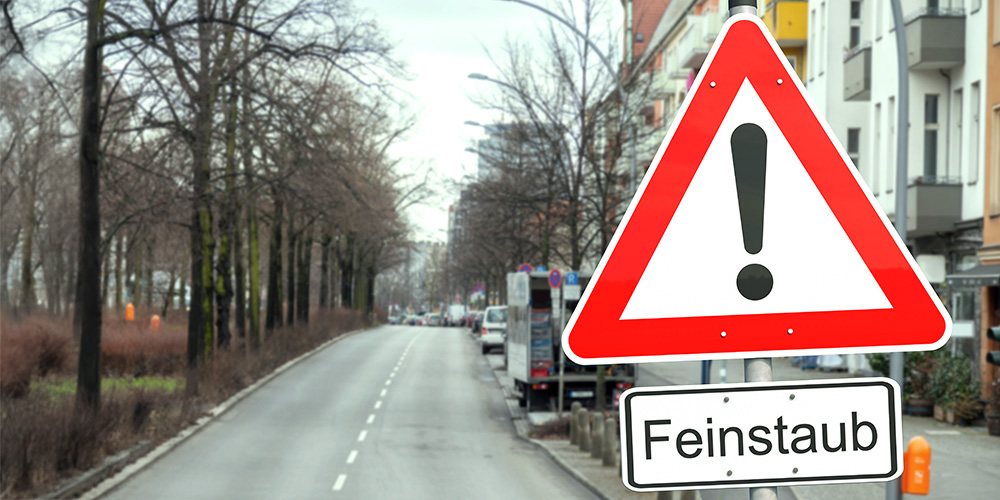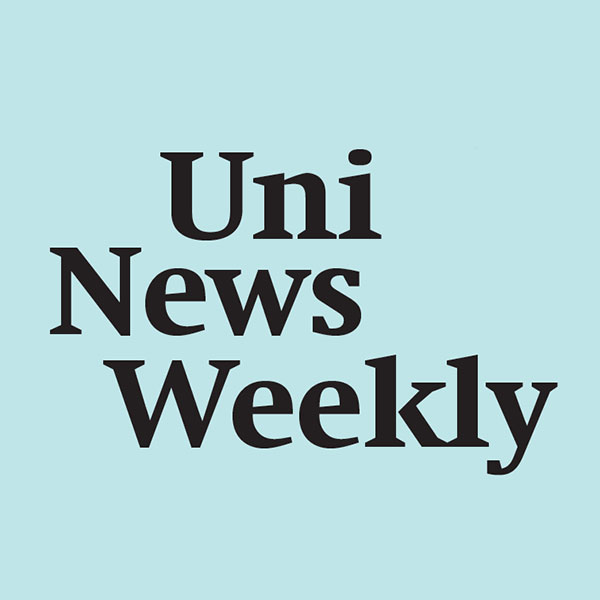Ethnolinguistic diversity slows down urban growth
Where various ethnic groups live together, cities grow at a slower rate. That is the conclusion reached by a researcher from the University of Basel and his colleagues based on worldwide data that shows how the diversity of language groups in 1975 has influenced urban growth 40 years later. The scientists have reported their findings in the journal Proceedings of the National Academy of Sciences.
30 June 2020
The growth of cities plays a key role in a region’s economic development. Although many factors affecting urban development have been studied extensively, economic research has so far paid little attention to one such factor: ethnolinguistic diversity.
Studies in the area of conflict research have shown that the risk of conflict is increased when various ethnic groups live in close proximity. So far, however, the effect of this factor on urban development had not been examined directly. Professor Kurt Schmidheiny from the University of Basel has now provided the first empirical proof of this relationship in collaboration with colleagues from the University of Lausanne and the London School of Economics.
On the one hand, the researchers based their analysis on a type of world map showing where various language groups lived in 1975. This allowed them to ascertain the degree of ethnolinguistic diversity of 3,540 provinces in 170 countries at that time. On the other hand, they used a new dataset from the EU and OECD that combines satellite data with population data for the year 2015 in order to define cities around the world as contiguous settlement areas and assign population figures to them.
An incentive to remain in rural areas
The coupling of these two geographical datasets showed that, in more ethnically diverse provinces, a lower proportion of the total population lives in cities and the largest city in the province is smaller. In their analysis, the scientists controlled for alternative factors that influence the degree of urbanization, such as population density and topography.
The researchers also went a step further by examining the degree of urbanization already present in 1975. “By controlling for this, we are able to assume with greater certainty that ethnolinguistic diversity influenced urban growth and not vice versa,” says Schmidheiny.
According to game theory models, conflicts between ethnolinguistic groups are more costly the more closely the groups live alongside one another. “There are therefore incentives for members of these groups to remain in rural areas. Our analysis confirms this empirically for the first time,” says the economist.
Less impact in established democracies and dictatorships
However, Schmidheiny emphasizes that countering ethnic mixing in order to promote urban growth and therefore economic development would be the wrong conclusion to draw in terms of policy. “Diversity is a key driver of innovation in cities in which the various ethnic groups live and work peacefully alongside one another.”
Empirical analysis has shown that the influence of ethnolinguistic diversity is less detrimental in mature democracies (and strict autocracies) than in fragile democracies.
“The effect is less pronounced in systems where various ethnic groups have well-established ways of resolving their conflicts and in those where conflicts are suppressed,” says Schmidheiny. Fragile democracies are particularly susceptible. “Countries with a well-functioning democracy can take full advantage of the innovation-driving effect of diversity.”
Original source
Ulrich J. Eberle, J. Vernon Henderson, Dominic Rohner, and Kurt Schmidheiny
Ethnolinguistic diversity and urban agglomeration
Proceedings of the National Academy of Sciences (2020), doi: 10.1073/pnas.2002148117




